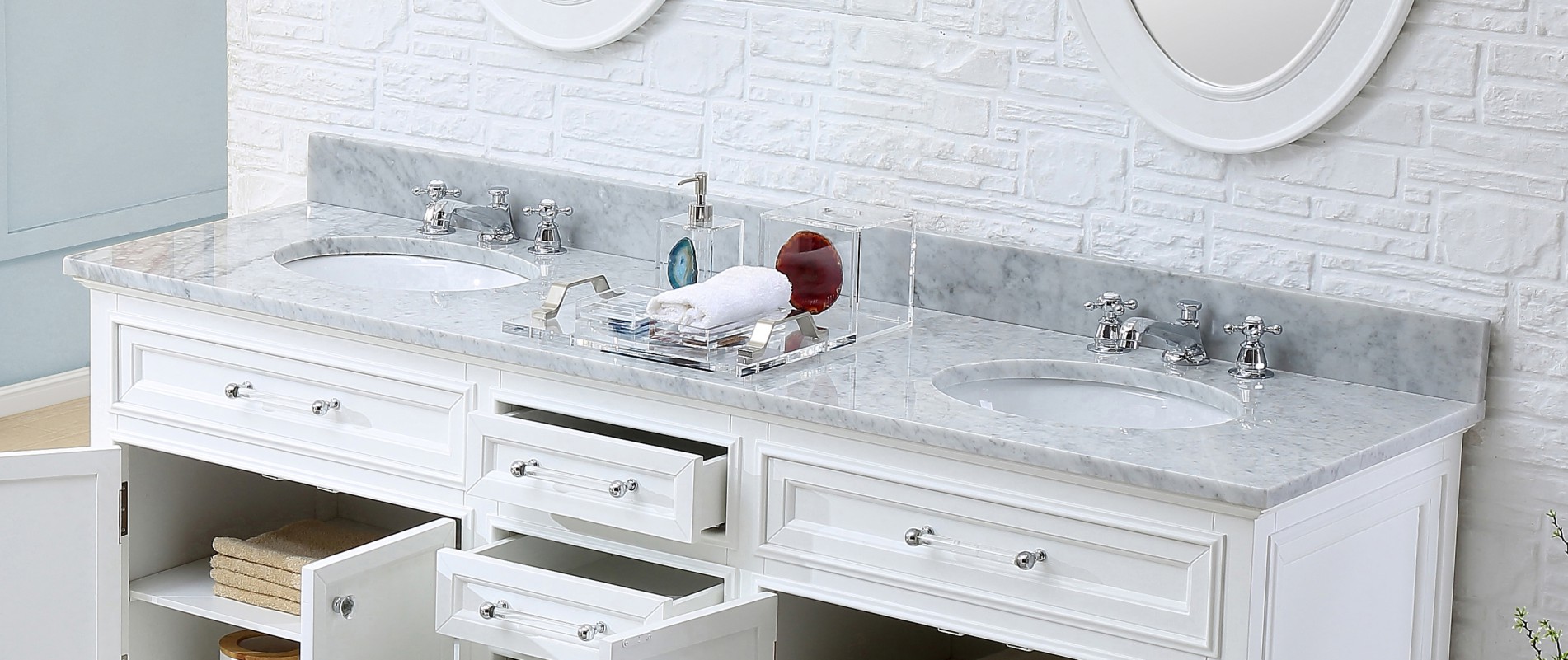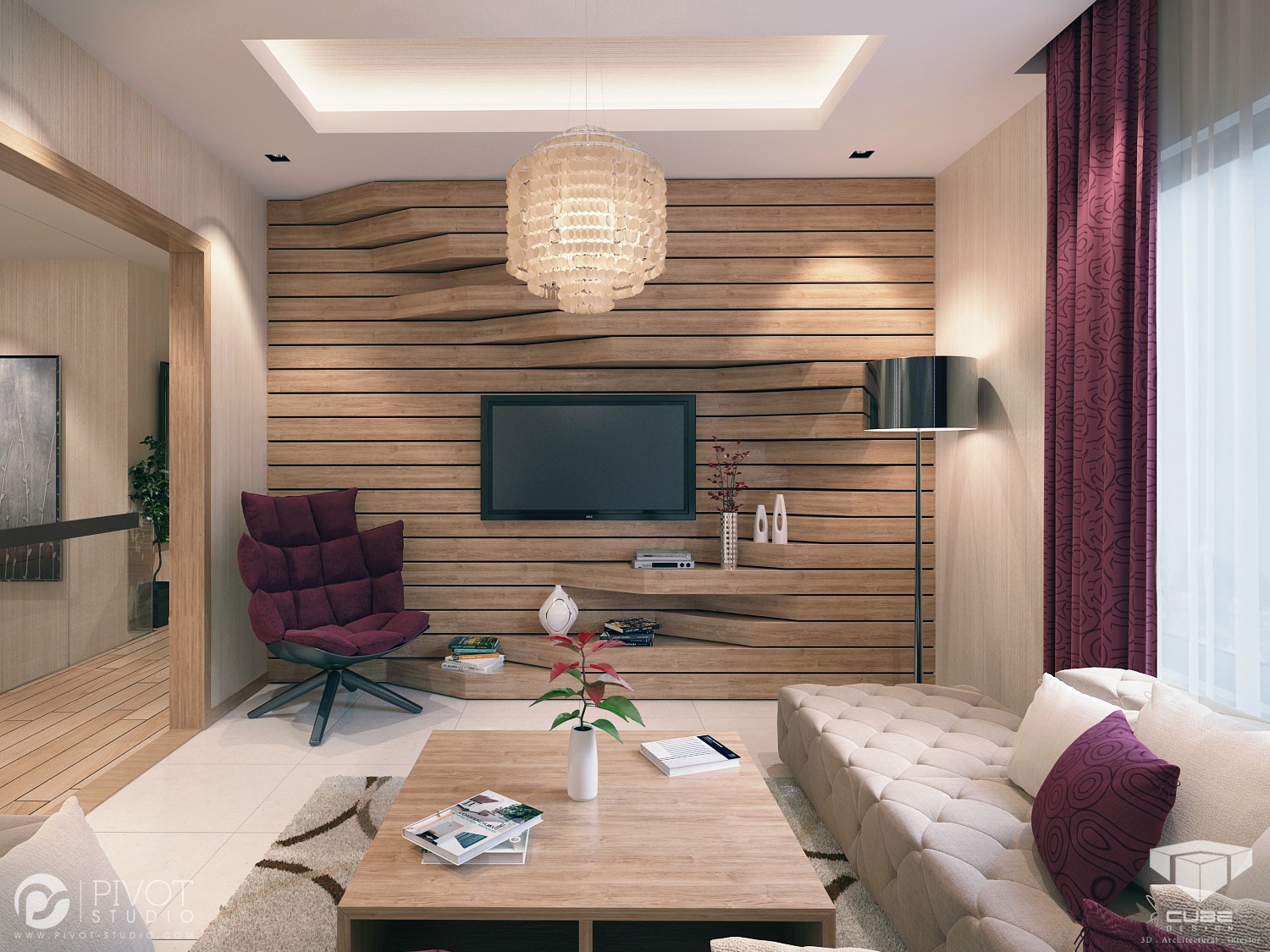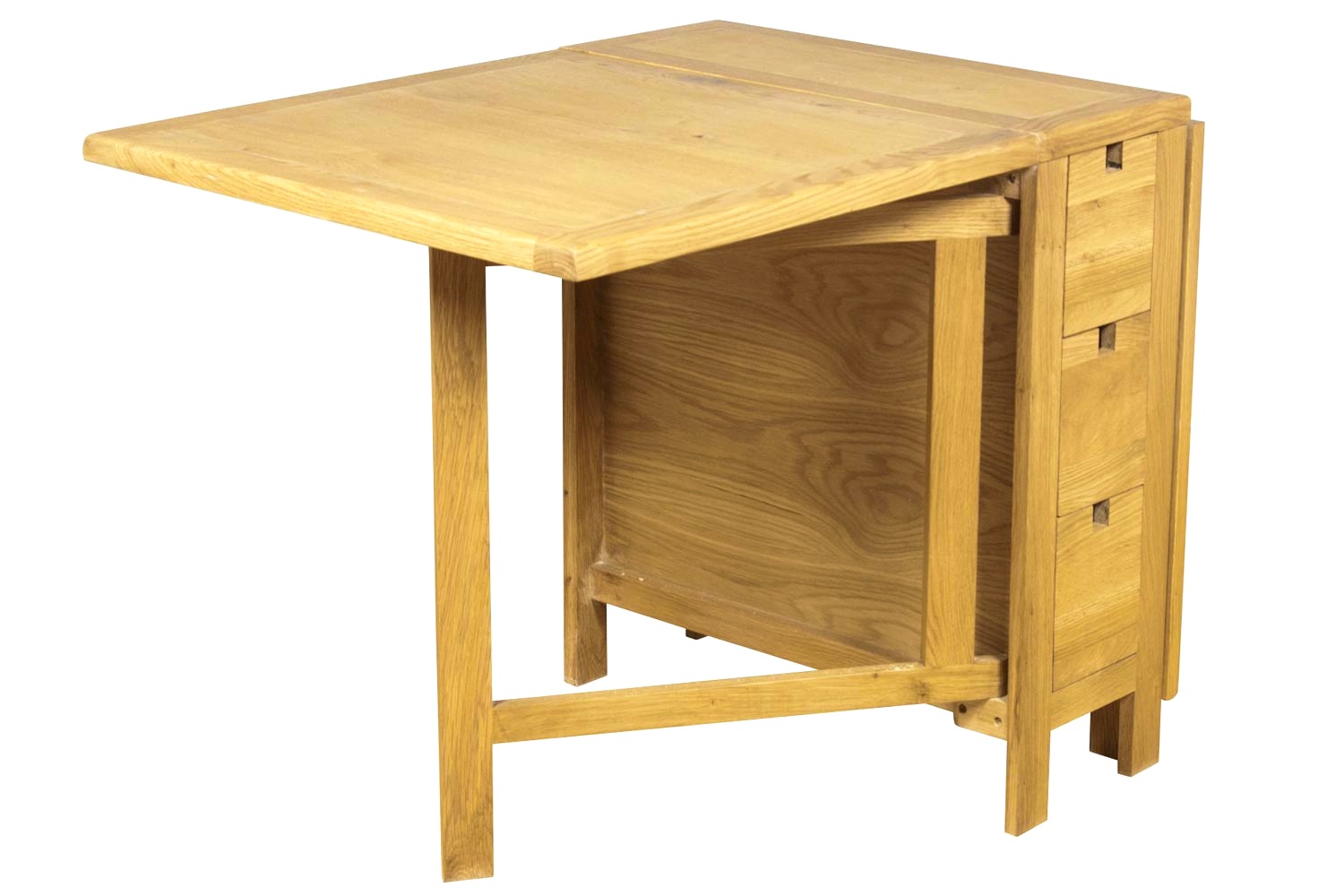A beam ceiling is a type of vaulted ceiling featuring exposed support beams, which gives a cavernous feel to your kitchen. This type of ceiling requires a bit more work for implementation, but it’s worth the effort. Beams give any room a classic, yet modern look while also providing a sense of airy spaciousness. Because of the intricate nature of this type of ceiling, it’s best suited for those with higher budgets. The expense typically includes any framing and paneling along with beam installation. However, if you stick to the proper materials, this style of kitchen ceiling can be quite budget-friendly. For a more luxurious, traditional theme in your kitchen, wooden beams are an excellent choice. Alternatively, you can opt for metal beams for a more contemporary, minimalist look. Whichever material you choose, you can be sure to get a unique and aesthetically pleasing finish.Beam Ceilings
Traditional ceilings are the most classic and straightforward choice for your kitchen. This style will stay timeless as there isn’t a defined structure, texture, or design to the ceiling. With traditional ceilings, you’ll get the most versatility, allowing you to mix and match lip designs, paint colors, and wallpapers. If you prefer to keep it simple and fuss-free, an average-height ceiling with only a single color is your best bet. Moreover, you can add a bit of texture to the ceiling by either stucco finishing or gypsum board and then paint it to get creative effects. For a seamless finish, you can apply a layer of rigid insulation and then laminate the other surface to make it easier to decorate. If you’re considering getting a traditional ceiling, bear in mind that standard prerequisites must be met. It must have fairly flat surfaces and needs to be large enough to accommodate the structure of the room.Traditional Ceilings
Tray ceilings are a unique type of ceiling characterized by its inverted trapezoidal shape. This style is apt for those who want to embrace more interesting designs with varying heights around the ceiling's perimeter. It is a great option for adding a touch of grandeur and elegance to your kitchen. This type of ceiling allows for more dynamic options with many shapes, angles, and sizes possible. For a more classic look, consider adding a layer of crown molding at the bottom of the tray for renewed dimension. Alternatively, you can opt for metallic finishing or wallpapers for a pop of color. When deciding on a tray ceiling, one of the most important factors to consider is the size. It is highly advised to use a tray ceiling in a large kitchen, which will give it more character and depth, making it look more spacious and open.Tray Ceilings
Vaulted ceilings are perfect if you want a dramatic ceiling in your kitchen. They consist of two slopes that meet in the middle to create a peak. They appear higher than the traditional flat ceilings making your kitchen look more majestic. The best part about a sloped ceiling is that it also allows for some creativity. You can highlight the area about the peak with paint or wallpapers to give it a more distinctive look. Additionally, the extra height will make it easier to install lights and lighting accessories in corners where most kitchens don’t usually have any. The current trend involves vaulting the ceiling with wooden beams to craft a more rustic look. However, if you want a more modern finish, installing metal beams for added structure is also a good idea.Vaulted Ceilings
To be more specific, coved ceilings are a combination of a vaulted and a traditional ceiling. Instead of creating a peak in the middle, the slopes are curved and joined at the center. This type of ceiling can be a great additive to any kitchen, giving it an extra cozy feel. You can apply your own twists such as adding crown molding to create more interior depth. Additionally, consider hanging pendants from the coved ceilings for a bit more sophistication. If you want to keep it classic, a white color can be used, while if you want a more dynamic theme, you can apply patterns or some paint. Coved ceilings are best for smaller kitchens due to the lower height. The inverted coving gives the kitchen a much softer, intimate feel.Coved Ceilings
Textured ceilings are a great way to bring depth and style to your kitchen. The best part about this type of layout is that it can range from subtle to pronounced, depending on your preference. With this layer of texture, you can bring in a unique, elegant look to your kitchen. Textured ceilings are perfect for those wanting more flexibility. From bold geometric forms to tiers, the possibilities are endless. To get a subtle texture, consider adding raised paint or smooth stucco to the ceiling. For a more pronounced finish, use drywall or Venetian plaster with crows or trim. Darker shades and intricate designs also give a more charismatic look. Those looking for a more dramatic texture can opt for something rustic and traditional. You can go for tiles, wood-paneling, or cord designs to get that unique ethnic look.Textured Ceilings
Tin ceiling tiles are a creative, eye-catching option for your kitchen. This type of ceiling was commonly used in the 1950s and became a popular choice for interior decorating. Tin ceiling tiles provide a vintage and classic look to any kitchen. This type of ceiling can come in many different forms. Different colored panels can be used to add texture. Consider adding painted or natural wood trim and beams to the ceiling for a more intriguing finish. You can also opt for intricate designs of the tin tiles with flowery patterns or cloverleaf shapes. Although tin ceilings provide an inviting and alluring look to your kitchen, they can take quite a bit of time to install. So, if you prefer a more straightforward ceiling, this one may not be for you.Tin Ceilings
Barn wood ceilings are perfect for anyone wanting to add warmth and character to their kitchen. This particular style exemplifies the rustic-chic nature of design, giving your kitchen a charming and inviting ambiance. For those who are more inclined towards modern designs, barn wood ceilings still make an outstanding option. By installing paint finishes and metal edgings, you can create a unique blend of traditional and modern elements. Due to the nature of this style, barn wood ceilings are best for larger kitchens as the lower height of the walls will be emphasized. If you prefer a more subtle look, you can opt for a white finish on the ceiling with wooden trims. Alternatively, if you’re stylish and daring, go for a two-toned effect with paint finishes.Barn Wood Ceilings
Coffered or boxed ceilings are another exceptional ceiling selection perfect for those wanting an elegant yet subtle look for their kitchen. This type of ceiling is commonly recognized for its evenly spaced square or rectangular structures. These structure boxes are usually milled from plywood or other materials and can come in various sizes to suit the room. Each of these sections can be finished off with individual trims or elegantly matching edges. For a classic effect, consider applying metallic paint or wallpapers with some lighting fixtures for brightness. Coffered ceilings provide an exciting and refined appearance to your kitchen, adding a hint of grandeur and luxury to the space. Moreover, wood trims are recommended for a more natural touch, although this style is also just as great with silvery edgings.Coffered Ceilings
The most common and popular type of ceiling for your kitchen would be the traditional flat ceiling. While it is the least ornate out of the list, it also provides the most flexibility in terms of designs. You can go for an all-white ceiling to emphasize the room’s grandeur, or use a creative but subtle wallpaper for an added layer of charm. Additionally, the cost of installation isn’t as high as the other types on this list. Flat ceilings are relatively easy to implement, and you can usually employ a professional to do it for a fraction of the cost. Finally, if you’re working on a low and tight budget, traditional flat ceilings are the best choices for you. But as much as possible, try to let your creativity lead the decision—there’s no such thing as a boring design, as long as you mix and match your materials of choice.PRIMARY_Ceiling for Kitchen Design
Ceiling tiles are an exceptional way to make some rattled designs for your kitchen’s ceiling. From sleek, smooth surfaces to intricate patterns, this style of ceiling is one of the most innovative out there. When selecting tiles, there are many factors to consider, such as color, shape, size, texture, and material. To get a modern and minimalistic look, you can opt for rubber or PVC tiles. Both of these materials are water-resistant, easy to install, and require no painting. Alternatively, you can go for classic Asbesto tiles, which are one of the oldest and renowned ceiling tile materials. Whichever material you choose, make sure to get a professional installer for a smooth and polished finish. Additionally, bear in mind that ceiling tiles are best paired with flat ceilings instead of vaulted sets. This way, you’ll be able to spread out the tiles in an even, seamless fashion.Ceiling Tiles
Beautifying Your Kitchen Space with the Perfect Ceiling Design
 A beautiful kitchen ceiling can take your kitchen décor to the next level. The ceiling is the second largest surface area of the room, and can be one of the most eye-catching features if your kitchen has a higher-than-average ceiling height.
Kitchen ceiling design
can be achieved with a variety of materials and colors to suit any aesthetic. Whether you prefer modern
kitchen design
or classic, there are a multitude of materials and designs which can make your ceiling truly stand out.
A beautiful kitchen ceiling can take your kitchen décor to the next level. The ceiling is the second largest surface area of the room, and can be one of the most eye-catching features if your kitchen has a higher-than-average ceiling height.
Kitchen ceiling design
can be achieved with a variety of materials and colors to suit any aesthetic. Whether you prefer modern
kitchen design
or classic, there are a multitude of materials and designs which can make your ceiling truly stand out.
Ceiling Tiles for Maximum Customization
 Ceiling tiles are one of the most popular ceiling materials. They come in a variety of shapes, colors, and sizes, and can be installed easily. From painted tiles to metal and wood, the design possibilities are virtually endless. If you're looking for a bold statement, you could even customize your ceiling and add a mural. Another advantage of ceiling tiles is they can hide cracks, lumps, and other irregularities in the surface of a ceiling while adding texture.
Ceiling tiles are one of the most popular ceiling materials. They come in a variety of shapes, colors, and sizes, and can be installed easily. From painted tiles to metal and wood, the design possibilities are virtually endless. If you're looking for a bold statement, you could even customize your ceiling and add a mural. Another advantage of ceiling tiles is they can hide cracks, lumps, and other irregularities in the surface of a ceiling while adding texture.
Beams for a Rustic Twist
 Wood beams can offer a warm, rustic atmosphere to any kitchen. Beams come in a variety of woods and sizes, and can be arranged in beautiful patterns or installed individually for small design accents. Popular woods used for kitchen ceiling beams include cedar and Douglas fir. Depending on your
house design
, they can be integrated into other features such as range hoods and cabinets.
Wood beams can offer a warm, rustic atmosphere to any kitchen. Beams come in a variety of woods and sizes, and can be arranged in beautiful patterns or installed individually for small design accents. Popular woods used for kitchen ceiling beams include cedar and Douglas fir. Depending on your
house design
, they can be integrated into other features such as range hoods and cabinets.
Drop Ceilings for Easy Maintenance
 A drop ceiling is also an easy way to add visual interest to your kitchen ceiling. Drop ceilings, also known as suspended or false ceilings, feature decorative panels suspended by supporting grids that stretch along the edges of the ceiling. They offer a wide range of design options, from classic tray-style to bold, patterned designs. Drop ceilings are also a good option for concealing wiring or pipes, as the secondary panels can be removed to access them. In addition, drop ceilings can be cleaned and maintained much easier than traditional solid ceilings.
A drop ceiling is also an easy way to add visual interest to your kitchen ceiling. Drop ceilings, also known as suspended or false ceilings, feature decorative panels suspended by supporting grids that stretch along the edges of the ceiling. They offer a wide range of design options, from classic tray-style to bold, patterned designs. Drop ceilings are also a good option for concealing wiring or pipes, as the secondary panels can be removed to access them. In addition, drop ceilings can be cleaned and maintained much easier than traditional solid ceilings.


































































































